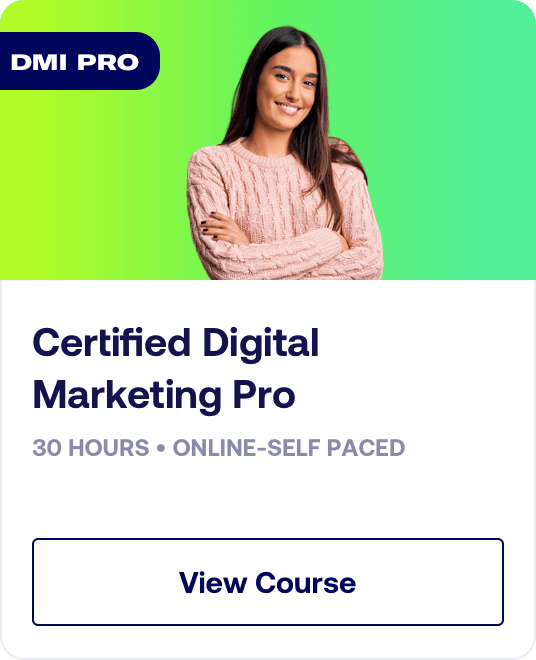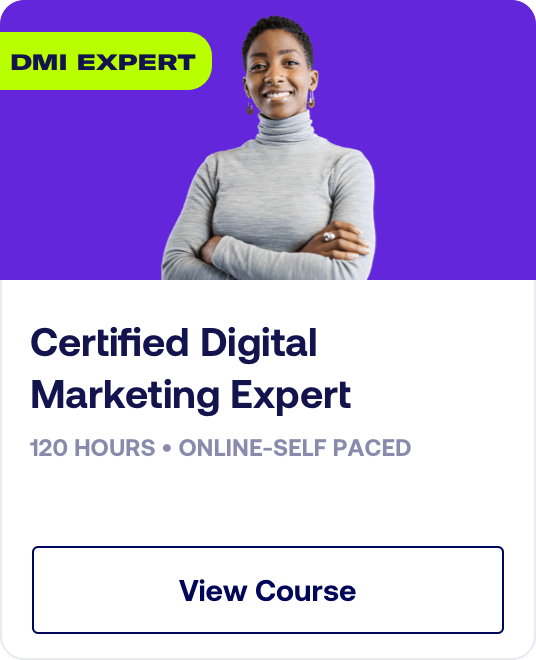Digital Marketing - Study Notes:
What is a social media community?
Communities are social units that create a feeling of fellowship with others as a result of sharing common interests, goals, and attitudes. Social media marketers are responsible for fostering thriving communities. It's not enough just to have a huge social following. You must also have an engaged community.
The value of social media communities
Why are communities important?
- Communities are important because they promote engagement.
- Every active engagement brings users closer to your brand.
- They increase your brand visibility on the platform.
- They attract more potential customers to your profiles.
- They create a welcoming, engaged environment.
- They foster brand affinity and loyalty, as community members will reference your brand as the entity responsible for their positive experience and growth.
- Communities are incubators of inspiration because they encourage members to share their own stories, which can create connections and inspire others to action.
- They foster trust. If you can get your followers to function as a community, it will be a sign that your brand is trustworthy.
- They attract more followers and earn higher retention rates as a result.
How do you build a community?
Invite your friends
Invite people in your life, people who may be generally interested in your business, to like or follow your account. They can support you by interacting with your posts and sharing your content. This initial audience helps establish your credibility, build your reputation, and spread the word about your business right away.
Welcome your customers
Invite people you currently do business with to like or follow your account. Facebook allows you to upload their email addresses or import your contacts from popular email services like iCloud, Outlook, and Yahoo. Be sure to leverage this as an easy, quick way to get your current customers involved on your platforms.
Use social interaction CTAs
Consider adding a social interaction CTA to your company website. For example, using the Facebook Like button allows visitors to like your page without leaving your website. You can also add the Facebook Like button to Thank You pages that appear after someone signs up for your mailing list, submits a lead form, or makes a purchase. Since those visitors have already connected with your business in one manner, they will likely connect with you on Facebook or other platforms as well.
Use social employer pages
A rule of thumb on social channels is to keep work and personal activity separate, but you can add social employer pages to your profile to help build your community. Ideally, you should add your company as your current employer in your personal profiles' work section on Facebook and on LinkedIn. When you do, you'll be linking directly to the company's page, so others can click over at will. To do this, go to your personal About page and edit your work and education information. Click Add a Workplace, select your Facebook page as the company. After you enter details about your position, check the "I currently work here" box and choose the dates as applicable. Make sure the visibility is set to public and click Save Changes.
Use hashtags
Another great way to build your community organically is by using hashtags in posts. Hashtags are a great way to expose your content to new audiences. If your content is compelling and engaging, people searching on your posts’ hashtags may be inspired to follow you for more.
Cross-promote
You should always cross-promote your social networks across the other platforms. If you share the links to your Facebook page on your Twitter account, and your Twitter account on your LinkedIn account, it will maximize your reach across all platforms. Be sure to join interest groups that are relevant to your business and then share the link to your business page or page content within the group. Lastly, include a link to your profile pages in your email signature when you send emails to customers, colleagues, vendors, and other contacts. This will help gain exposure for your pages and hopefully increase followership.
Use events
Another way to build your community would be to encourage followership in-store or at events. Consider offering discounts for new fans and followers too.
Create goodwill
Creating goodwill amongst other users is important on these social media platforms, so follow other relevant accounts and it may inspire them to follow you in return. A consistent posting schedule will demonstrate that you're reliable and foster trust within your community, which in turn creates loyalty. Retention is a very important aspect of community growth. If you don't have a strategy for keeping the followers you gain, all your work will be for nothing. Be sure to use emojis and colloquial terms when relevant; this shows that you speak the language of the community, and that you understand them and want to communicate in a way that is relatable and comfortable. This will also foster affinity for your brand.
Respond to your community
It's imperative to respond to your community. If your followers feel like they're only being spoken at and not engaged with in a conversation, they will assume that your business is self-serving and doesn't really care about their customers' needs. Responding to your followers also humanizes your brand and increases affinity.
Use GIFs, emojis, quote images, and memes
An often overlooked way of building a community would be to use GIFs, emojis, quote images, and memes, all of which comprise the language of the social media space. When used in a relevant way, your content becomes more engaging, relatable, and shareable, and your brand becomes more likable. Lastly, when you offer special promotions to followers, they feel just that – special. You're demonstrating that you care about this community and you want to reward them for their loyalty and engagement. This is a classic example of positive reinforcement and will almost always guarantee their continued loyalty and increased brand affinity.
Invest in paid methods
Even though you can build a community organically, the best way to build a community is to spend some cash. Take note of the following paid methods for building a community on each platform. You can use Facebook Custom Audiences to target paid ads, website videos, and more. You can also use Facebook Ads Manager to promote updates from your page and links to your website.
Link Instagram and Twitter
Cross-platform activity is made easier between Facebook and Instagram. It’s best practice to link your Instagram account to Facebook Business Manager to create Instagram ads with your handle overlaid on the image and a clear CTA to follow. Set up a followers campaign on Twitter ads to generate growth. Launch follower ads on LinkedIn too.
Work with influencers
Lastly, you can pay influencers to help increase awareness of your account to help build your community, either by allowing them to take over your page for a set period of time, or creating content with the CTA to follow your brand's account.
Best practices
Now that you've built this fantastic, thriving, engaged community, here are some best practices for managing it.
- Develop consistent voice: First, be sure to develop an authentic, consistent brand voice and tone. Communities appreciate honesty and dependability.
- Be responsive: As mentioned previously, responsiveness is key. Your followers should know that you care about their comments, and aren't only there to promote your brand.
- Engage with followers: Plus, the more you engage with your followers, the more they feel appreciated and compelled to continue participating. Engagement begets more engagement.
- Share strategically: In actuality, 80% of the content you share in the community should be helpful to and cater for the interests of your audience; only 20% should be about promoting your business. The 80% should still support ideas and insights that your brand believes in. Again, all content should be authentic. However, the 20% can promote your business, but also provide value to your audience by including a discount or a special offer.
- Use CTAs: It could also just include a persuasive CTA that inspires your audience to learn more about your company, so it possibly leads to conversion in the future.
- Have recurring topics: Consider having recurring topics or a post series that fans and followers can look forward to participating in. This also encourages more recurring engagement.
- Use a personal identifier: Think about using a personal identifier, such as initials or a first name, with your responses. This makes the interaction more human and increases affinity, especially with social customer service.
- Monitor reaction: Lastly, pay attention to what posts and content are resonating with your audience, on your own channels, and on competitor channels. Then, optimize your post content strategy accordingly. Again, posts should always provide value to your followers and not just be in service of the business.
Kristin Shine
Kristin Shine is Founder and General Manager of Shine Healthcare and Science Consulting. She advises clients in the healthcare space on digital strategy development, business development, strategic communications, and commercial partnerships.





